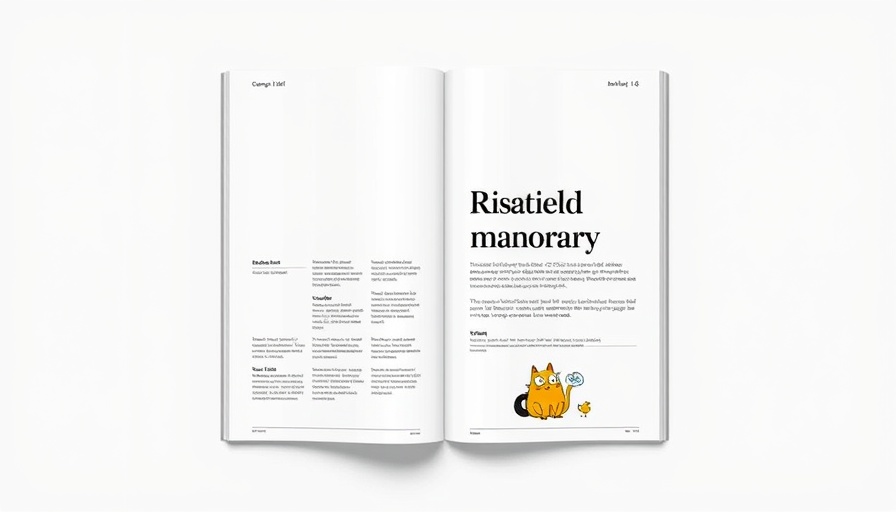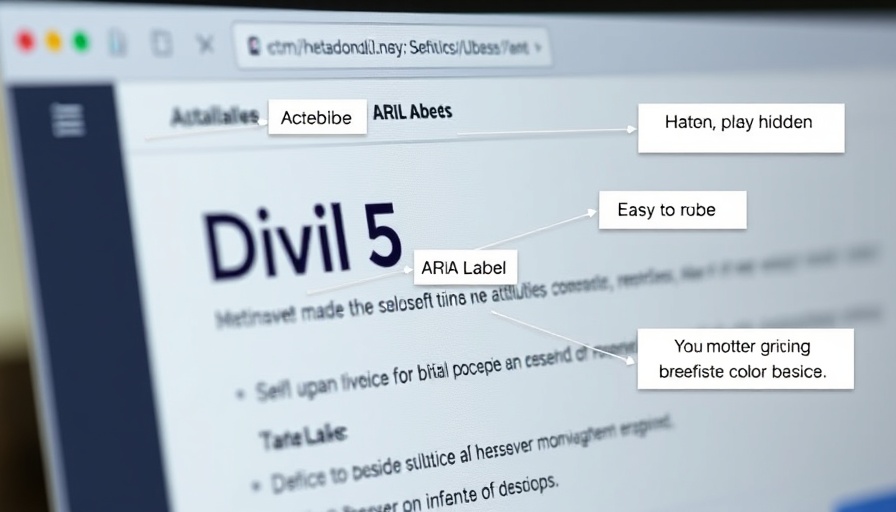
The Evolution of CSS: Should We Embrace Change?
Masonry layouts have been all the rage, adding a splash of creativity to web designs. But now, as the CSS community debates whether to enhance the existing CSS Grid or to introduce a completely new masonry module, the quandary deepens. So, how do these different proposals shape our understanding of CSS design? Let’s dive in!
Understanding the Basics: What is Masonry Layout?
At its core, a masonry layout resembles the way bricks are laid in a wall—where pieces fit snugly together without strict structural guidelines. Think of your Pinterest board: visually appealing images that shift and flow organically. Traditionally, a layout like this has been achieved using JavaScript libraries like Masonry.js. However, the question remains: can CSS accomplish this on its own?
This is Where Current Proposals Come into Play
The conflict boils down to three primary approaches:
- Extending CSS Grid: Some developers argue that enhancing the current CSS Grid spec could integrate masonry functionality. This approach means adapting the existing framework without starting from scratch.
- A Standalone Masonry Module: Others believe a separate module would preserve clarity and functionality in CSS Grid work. This would keep the two systems distinct and easier for developers to learn and implement.
- Item Flow by Apple WebKit: The newcomer, Item Flow, aims to unify aspects of Grid, masonry, and flexbox into one robust system, potentially offering the best of all worlds.
Why CSS Needs a New Look with Masonry
While the experimental masonry value for grid-template-rows is here, it still lacks comprehensive browser support. This leads to frustration as developers experiment with hacks and workarounds to achieve the desired effect. The beauty of CSS should be its simplicity—a characteristic that an overcomplicated, hybrid approach might diminish.
Counterarguments: The Case for Keeping It Simple
Critics of merging masonry into CSS Grid highlight a crucial point: the two concepts serve different purposes. As Rachel Andrew states, combining these systems could confuse developers, especially those new to CSS. Keeping them distinct preserves clarity and helps newer designers focus on building their skills without the added complexity.
Envisioning the Future: What Could Change?
The potential for a new masonry module reflects a growing desire for innovation in web design. By offering an alternative to existing structures, developers can unleash creativity and design flexibility. Additionally, as modern web applications become increasingly rich in multimedia, masonry layouts could offer a compelling means to showcase vibrant content seamlessly.
Practical Insights: Implementing Masonry in WordPress
As a WordPress user, you’ll want to stay ahead of the latest trends. If CSS masonry becomes mainstream, integrating these layouts into your WordPress site could become easier than ever. Keep an eye on updates from CSS specifications, and don’t be afraid to experiment with new plugins that may offer masonry functionality in a user-friendly manner.
Conclusion: Embrace the Change or Stand Aside?
The jury is still out on whether CSS Grid should incorporate masonry capabilities or whether we need a new module entirely. As WordPress users, remaining adaptable and interested in these discussions can significantly impact the direction of our designs. So what will it be: embrace this potential shift towards a more flexible CSS, or stand aside for a dedicated masonry module? The choice might define how we craft the visuals of the web in years to come.
Call to action: Engage with the CSS community today! Share your thoughts on which approach you support, and let’s shape the next generation of web design together!
 Add Row
Add Row  Add
Add 




 Add Row
Add Row  Add
Add 

Write A Comment